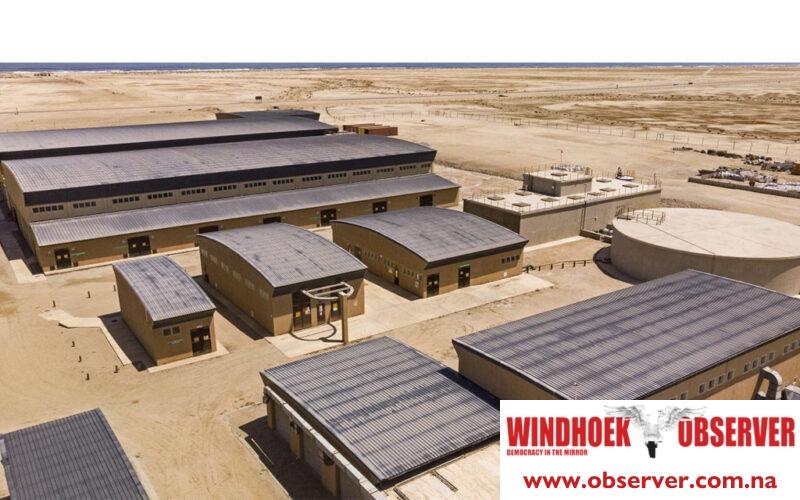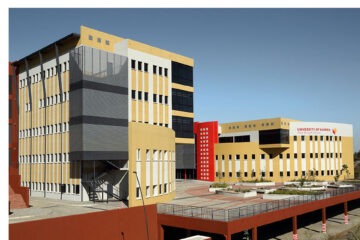Niël Terblanché
The planned maintenance shutdown for the service and repair of the Erongo Desalination Plant (EDP) has been successfully concluded.
According to Christine de Klerk, the spokesperson for Orano, which operates the EDP, water production resumed early on Saturday morning. Since then, the plant has already produced more than 40 000 cubic metres of fresh water.
“An unexpected pipeline breakage between Swakopmund and the Omdel aquifer, unfortunately, occurred while the desalination plant was offline for repairs and maintenance. This resulted in the water supply to Swakopmund being reduced to a bare minimum,” De Klerk said.
She added that, with the pipeline now repaired and the desalination plant back online, the water supply has returned to normal levels.
De Klerk explained that the EDP, as an industrial-scale desalination plant, conducts two maintenance shutdowns each year, each lasting five days.
“During these shutdowns, water inflow is stopped, and the plant is completely drained to carry out various maintenance tasks. These include servicing pumps, cleaning the feedwater tanks, replacing membranes, checking seals, replenishing the limestone in the saturators, and having divers clean the intake pipes in the ocean,” she said.
She stressed that once the plant is drained and maintenance begins, it cannot be halted midway as the work must be completed to avoid potential damage to the infrastructure.
“Interrupting a maintenance shutdown can cause future operational issues and lead to longer unplanned shutdowns,” she said.
De Klerk added that maintenance shutdowns are planned well in advance in consultation with key stakeholders, including NamWater and the mining industry.
“We align our schedules to coincide with planned maintenance shutdowns by mining companies or periods of reduced production. This ensures minimal disruption to water supply,” she said
Under normal circumstances, the Omdel pipeline provides sufficient water to residential consumers during the EDP’s shutdowns.
However, last week’s unexpected pipeline breakage completely halted the water supply from the aquifer, leading to reduced availability for Swakopmund.
“No one could have foreseen this, but the NamWater coastal team worked tirelessly to repair the pipeline,” she said.
Water supply to the river plots east of Swakopmund was also interrupted during this time.
One resident reported that some plots were without water for almost five days.
De Klerk provided a broader explanation of the NamWater coastal supply network, describing it as a closely interconnected system.
“Firstly, the Omdel Aquifer near Henties Bay supplies fresh water via the NamWater pipeline, which runs past the Erongo Desalination Plant and connects to the main supply line to Swakopmund. The desalination plant links to this pipeline on its eastern side,” she explained.
The potable water produced by the desalination plant is combined with Omdel’s water and then distributed by NamWater to Swakopmund and its mining customers.
“NamWater manages the distribution based on demand through various pipelines and reservoirs,” De Klerk said.
She clarified that the river plots are supplied from a different source and that neither the desalination plant’s shutdown nor the Omdel pipeline breakage caused the water supply interruption to residents of the plots.




